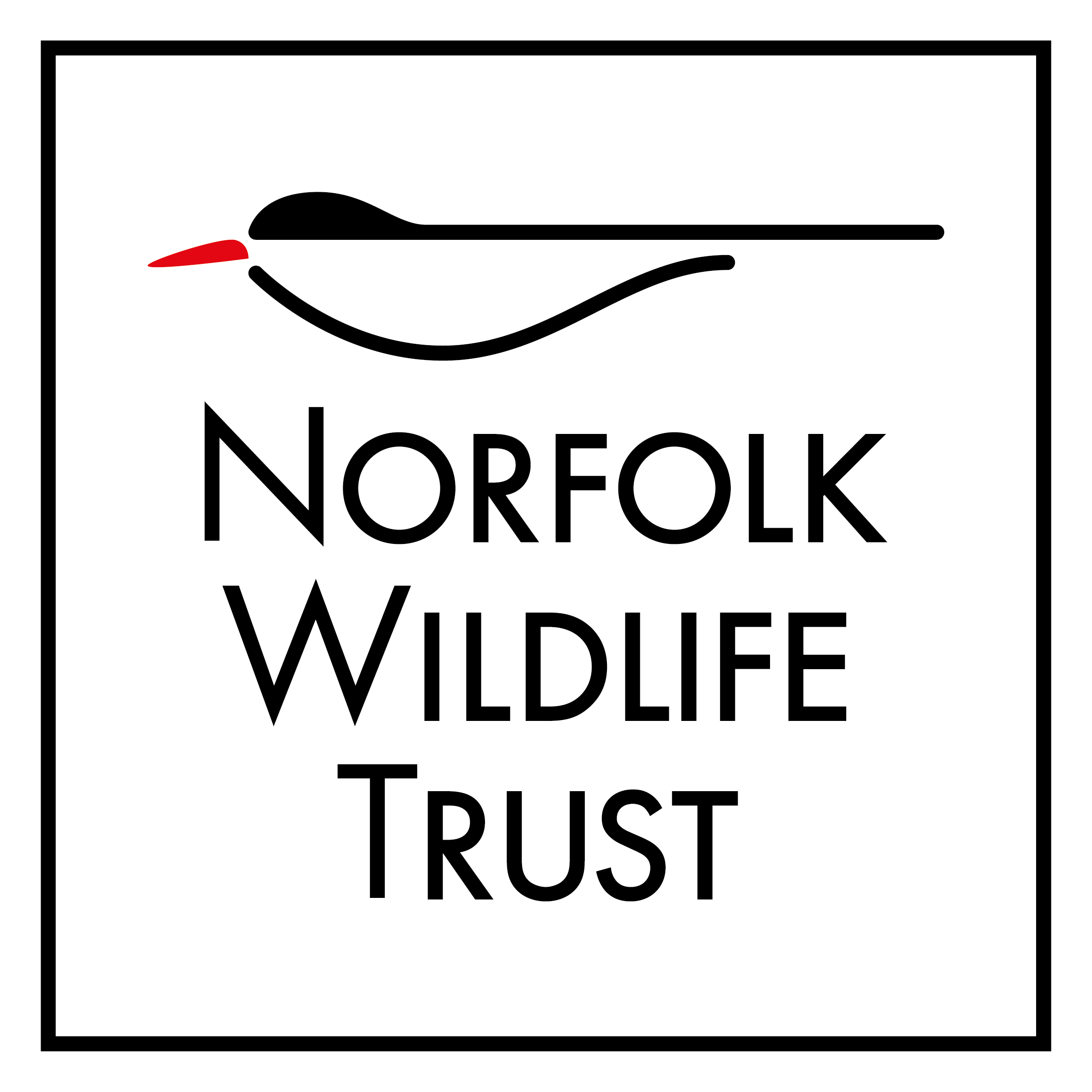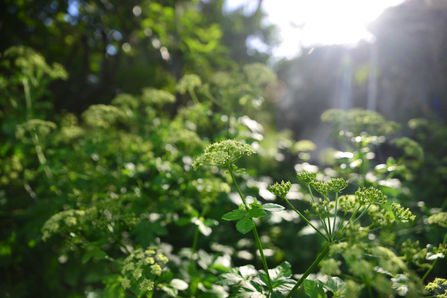A month of light frequent rain and sunny spells, ‘...for April showers brings forth May flowers’. If March is the month of promise and May fulfilment, April seems to stand nervously between them, annoying those impatient for summer. It is the season of woodland flowers, which take the opportunity to display their wares to passing insects, before the canopy finally closes above them. Primroses form yolk-yellow clumps in woodland glades and on hedgerow banks, whilst bluebells turn ancient woodland floors into a fragrant violet-blue sea. As April grows with confidence, lines of callow green blackthorn and hawthorn line up, showing the way to summer with a procession of creamy-white bloom.
This spring saw a dry tail-end to march, which continued into April. After a rather dull winter, we finally felt glorious sunshine on our cheeks, with the thermometer reaching a high of twenty-one degrees in Norfolk. The first ‘drip-drop-drip little April showers’ wasn’t until the fourteenth, although it was more like a ‘sodden-soaking-downpour’. But a welcome sight, nonetheless, as my garden ponds were looking worryingly low so early in the season. The warm sunshine at the start of the month brought willow warblers and blackcaps in early, with many of them quickly joining the building dawn chorus; a month to practice and prepare for its magnificent crescendo in May. The now regular osprey pair at Ranworth Broad were prompt in their arrival too, with the male arriving on the fourth, followed by confirmed sightings of the female on the eighth. This, it is hoped, will be their breeding year. It is now over 70 years since the return of breeding osprey to Loch Garten. Seen as a major turning point in the recovery of our birds of prey, it stands as a sobering reminder that nature recovery can be painfully slow and stretched over a generation. The Ancient Greek proverb: ‘a society grows great when old men plant trees in whose shade they shall never sit’ stands as the motto and mantra for all wildlife conservationists. The long-term recuperation of our birds of prey gives us hope, and a measure of just how successful far-sighted conservation projects can be.


